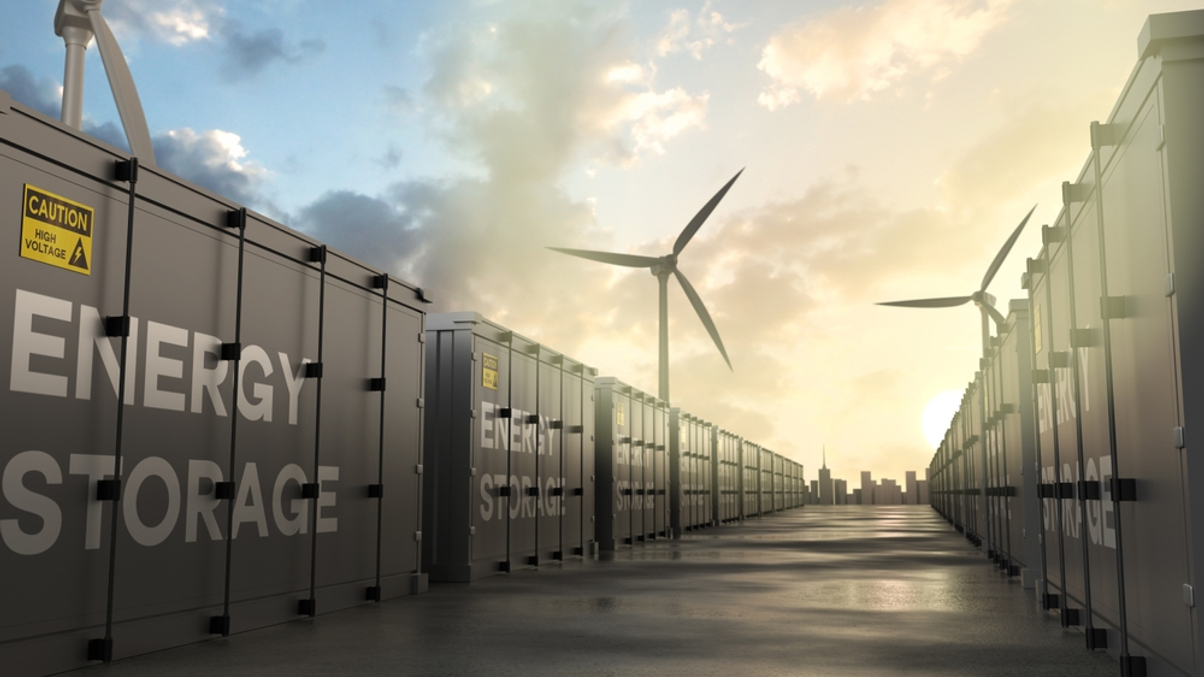Global asset owners eye next big thing in net zero: energy storage
As renewable energy adoption accelerates, energy storage is emerging as a critical investment opportunity, with global asset owners showing growing interest.

In the global push towards renewable energy, energy storage is emerging as the linchpin of the transition.
Sign in to read on!
Registered users get 2 free articles in 30 days.
Subscribers have full unlimited access to AsianInvestor
Not signed up? New users get 2 free articles per month, plus a 7-day unlimited free trial.
¬ Haymarket Media Limited. All rights reserved.


